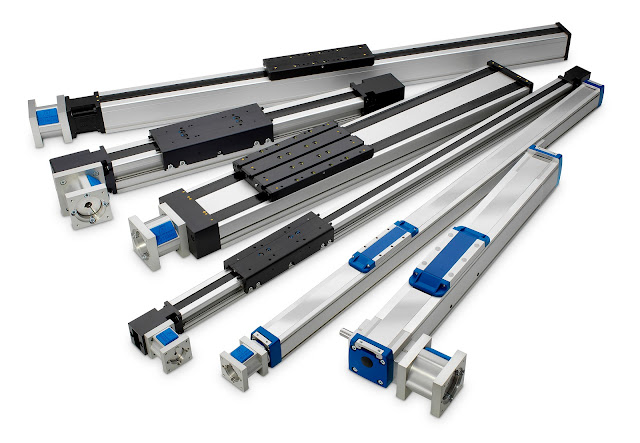Contactless Payments Allows People to Make Payments, Without Using Cash or Swiping the Card
 |
| Contactless Payments |
A Contactless payment system can be used with credit cards, debit cards, smartphones, and key fobs. They use radio-frequency identification (RFID) and near-field communication (NFC) to communicate with merchants. It is the future of payments. The card contains a chip and a radio antenna. This antenna picks up the signal when it's close to a reader and allows the transmission of information to the point-of-sale terminal. The customers must 'Tap' or 'Wave' their card over a card-reader to make contactless payments.
The global Contactless
Payments Market was valued at US$ 11.2 Bn in 2019 and is expected to
reach US$ 26.3 Bn by 2027 at a CAGR of 12.9% between 2020 and 2027.
Contactless cards work lot like mobile wallets. The transaction is completed by simply holding or tapping the card on a contactless-enabled card reader. This is possible on cards that have a WiFi symbol. Contactless cards use NFC technology, which allows users to tap and pay at the terminal. People can just tap or wave their card and make the payment. Six in ten consumers in Germany now make contactless payments with their smartphone or a contactless card (60%), an increase from 56% in 2021 and 47% in 2020, according to Postbank.
There is no limit to the number of times one can use a
contactless payment option. However, the biggest security issue with
contactless credit cards will involve physical possession of the card. No PIN
or signature is typically required when using contactless payment, so if the
card is lost or stolen it could be used by someone else without easy detection.



Comments
Post a Comment